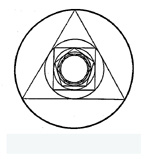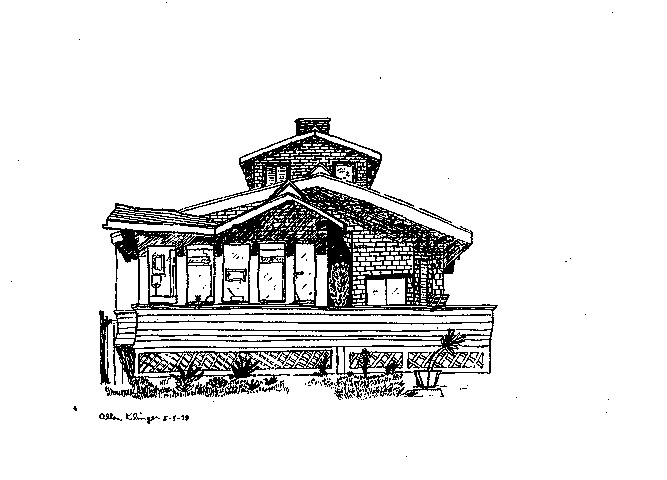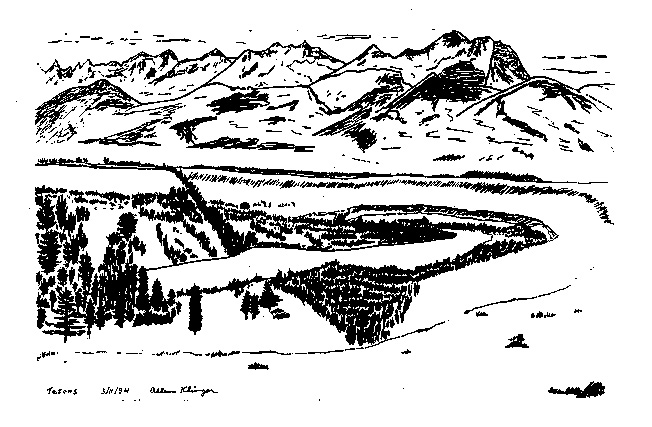View

Mathematicians**

Female
Mathematicians**

Ancient
Mathematicians***

Black
Mathematicians***
| Geometric Solids | Mathematics Book Lists By Educational Level. | Mathematics Fiction List*# | Words and Ideas | Computing Tools | Big Integers | Size | Numbers | Many |
Games |
Brain Teasers* | Seeds - Widely-Played | Play - Five | Flex - Resistors | Poem | Pictures - Math Signs | Arts |
View |

Mathematicians** |

Female Mathematicians** |
 Ancient Mathematicians*** |
 Black Mathematicians*** |
Statistics | Evolution of Number | World |
| 2/8/16 Version | http://www.cs.ucla.edu/~klinger/math.html | |||
| ©2010 Allen Klinger |